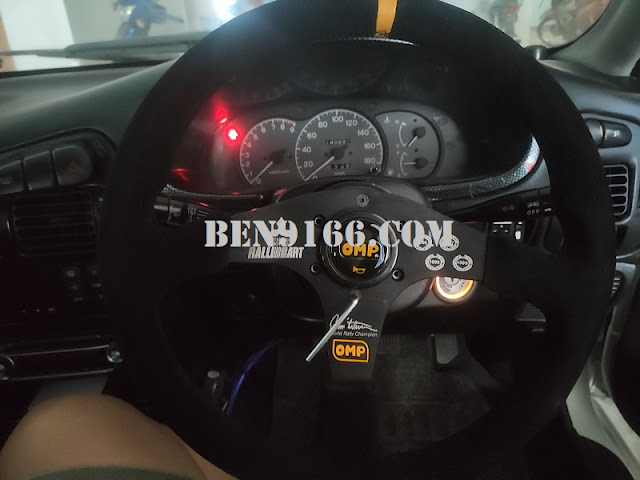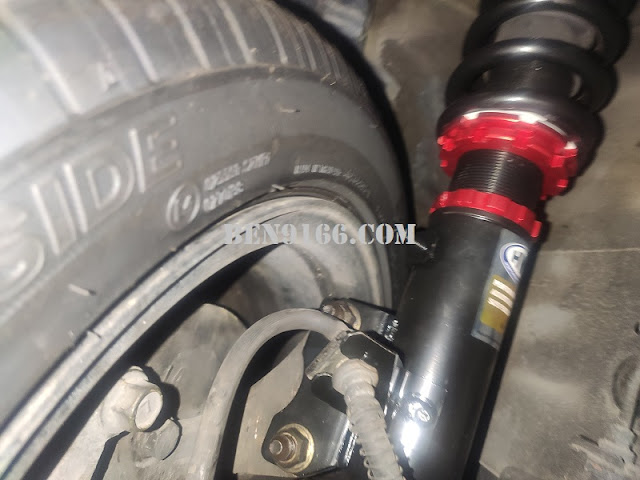
Shocking Find Inside the Fuel Tank – Rust Damage Despite 3/4 Fuel Level
From the outside, everything looked fine. No warning signs. But once we opened up the fuel tank, the reality hit hard. The fuel pump and filter were completely corroded. Thick, reddish rust had built up inside, clearly caused by contaminated fuel sitting in the system too long.


Why Not Just Clean the Fuel Tank?
I talked it over with my mechanic. At first, we considered cleaning the tank. But after looking at the level of corrosion, we knew it wouldn’t be worth the trouble. Cleaning it would cost time and money—and might not even fix the root of the problem. Even after cleaning, rust could still come back. So we made the call to swap it out entirely and go for a good-condition used tank instead. It was the quicker, safer, and more affordable route.
Rust in a Tank That’s Still 3/4 Full?
Here’s where things got weird. I initially assumed the rust happened because the tank had been left empty for too long. That’s common when moisture gets in and causes the metal inside to oxidize. But in this case, the tank still had three-quarters of fuel left in it. That much fuel should normally prevent rust from forming due to lack of air exposure.
So how did the rust get in? Bad batch of fuel? Water contamination? Maybe even a faulty seal or filler cap letting in moisture? I’m not sure. If you’ve faced something like this before or have an idea of what might cause it, drop a comment—I’d really like to hear your thoughts.

Temporary Solution – Borrowed Wheels to Keep Moving
While I waiting, my friend stepped in and lent me a temporary set of wheels and tyres. At first, it didn’t seem like a big deal, but it made a huge difference.

With the car mobile, I could troubleshoot issues, run tests, and move it around the workshop without any hassle. Without those wheels, the car would’ve been stuck and slowed down the entire project.
Sometimes, small solutions like this can really keep a my Satria project on track.






